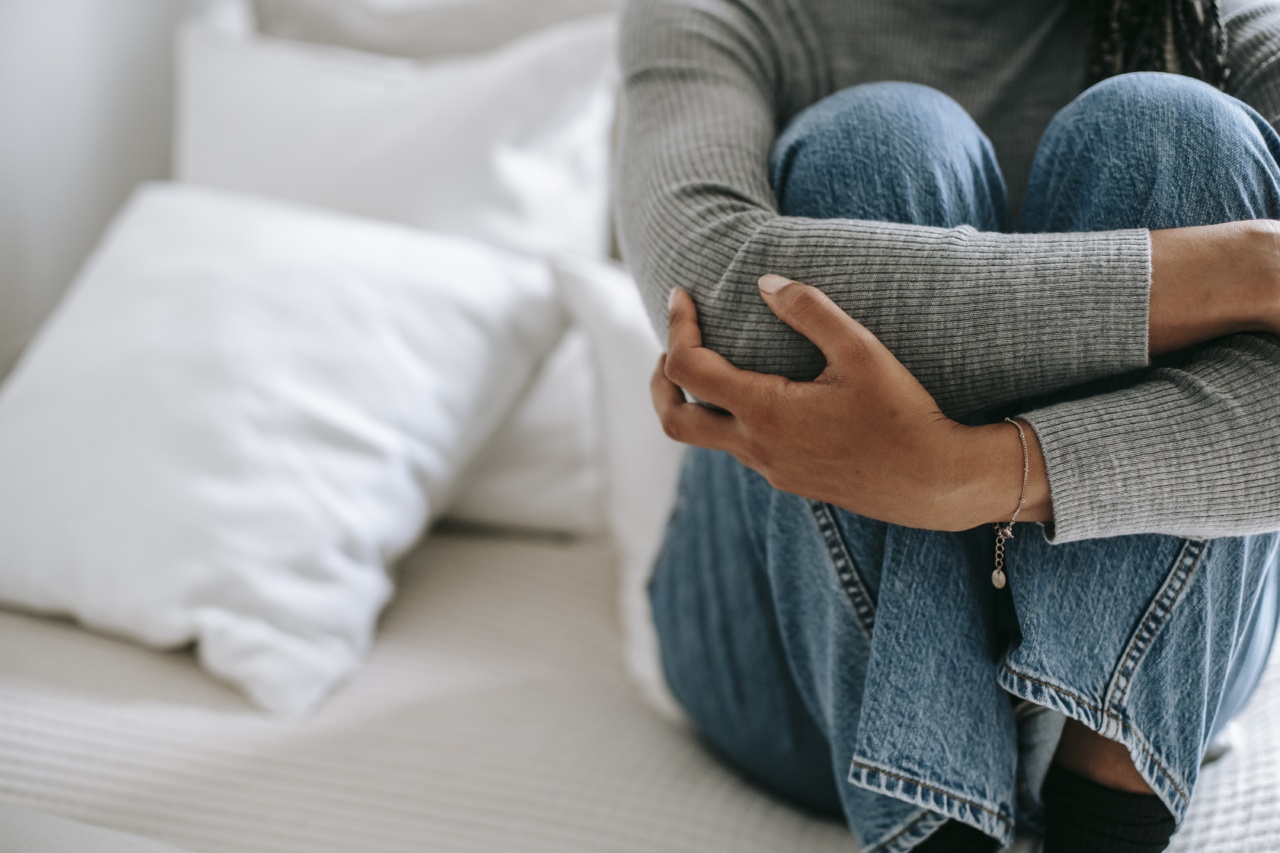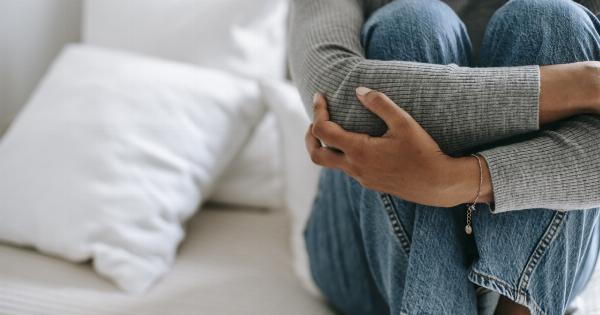Cholecystitis is a medical condition characterized by inflammation of the gallbladder, a small organ located near the liver.
The gallbladder plays a crucial role in the digestion and storage of bile, a substance produced by the liver that helps break down fats. Cholecystitis is often caused by the presence of gallstones, which can block the bile ducts and lead to infection and inflammation.
Symptoms of Cholecystitis
Cholecystitis typically presents with various symptoms, including:.
- Abdominal pain: The most common symptom of cholecystitis is a sharp or dull pain in the upper right abdomen. The pain may radiate to the back or right shoulder.
- Nausea and vomiting: Cholecystitis can cause feelings of nausea and often leads to vomiting.
- Fever: Inflammation of the gallbladder can result in a low-grade fever.
- Bloating and indigestion: Some individuals may experience bloating, gas, and indigestion after eating.
- Yellowing of the skin and eyes: In rare cases, cholecystitis can cause jaundice, resulting in a yellowing of the skin and eyes.
When to Worry about Post-Eating Discomfort
While occasional post-eating discomfort is common and often harmless, certain signs may indicate a more serious underlying condition like cholecystitis. It is essential to pay attention to the following symptoms, which may warrant medical attention:.
Frequent and Intense Abdominal Pain
If you experience severe abdominal pain after eating, particularly in the upper right quadrant of the abdomen, it could be a sign of cholecystitis.
This pain may linger for several hours and could be accompanied by other symptoms such as nausea and vomiting. It is crucial to seek medical advice if the pain becomes chronic or unbearable.
Recurring Bloating and Indigestion
While occasional bloating and indigestion are common after consuming a large meal or fatty foods, persistent or recurring symptoms could be a cause for concern.
If you frequently experience bloating, gas, and indigestion after eating, it is advisable to consult a healthcare professional, as it could be a sign of cholecystitis or another gastrointestinal issue.
Presence of Jaundice
If you notice yellowing of your skin or eyes, it may indicate a more severe form of cholecystitis. Jaundice can result from bile duct blockage caused by gallstones or inflammation.
If you experience this symptom alongside abdominal pain or other discomfort after eating, it is crucial to seek immediate medical attention.
Unexplained Weight Loss
Unexplained weight loss can be a worrisome sign in many medical conditions, including cholecystitis.
If you have been experiencing rapid and unintentional weight loss, particularly in conjunction with other symptoms like abdominal pain and digestive issues, it is advisable to consult a healthcare professional for evaluation and diagnosis.
When to Seek Medical Help
If you experience persistent or worsening symptoms after eating, it is important not to ignore them. Seeking medical help is essential, especially if you notice:.
- Severe and recurring abdominal pain
- Persistent bloating and indigestion
- Yellowing of the skin and eyes
- Unexplained weight loss
- Other concerning symptoms
Only a medical professional can provide an accurate diagnosis and recommend appropriate treatment options based on your specific condition.
Prevention and Treatment
While cholecystitis may not always be preventable, certain lifestyle choices can reduce the risk of gallstone formation, which is a common underlying cause. These include:.
- Maintaining a healthy weight
- Eating a balanced diet rich in fiber and low in saturated fats
- Avoiding rapid weight loss or crash diets
- Exercising regularly
Treatment for cholecystitis may involve a combination of medical interventions, such as pain management, antibiotics to treat infection, and in severe cases, surgical removal of the gallbladder (cholecystectomy).
Conclusion
It is important to pay attention to your body’s signals and not dismiss post-eating discomfort as a normal occurrence.
While occasional digestive issues are common, persistent or worsening symptoms may indicate a more serious underlying condition such as cholecystitis. If you experience frequent abdominal pain, bloating, jaundice, or unexplained weight loss after eating, seeking medical help is crucial for accurate diagnosis and appropriate treatment.


























